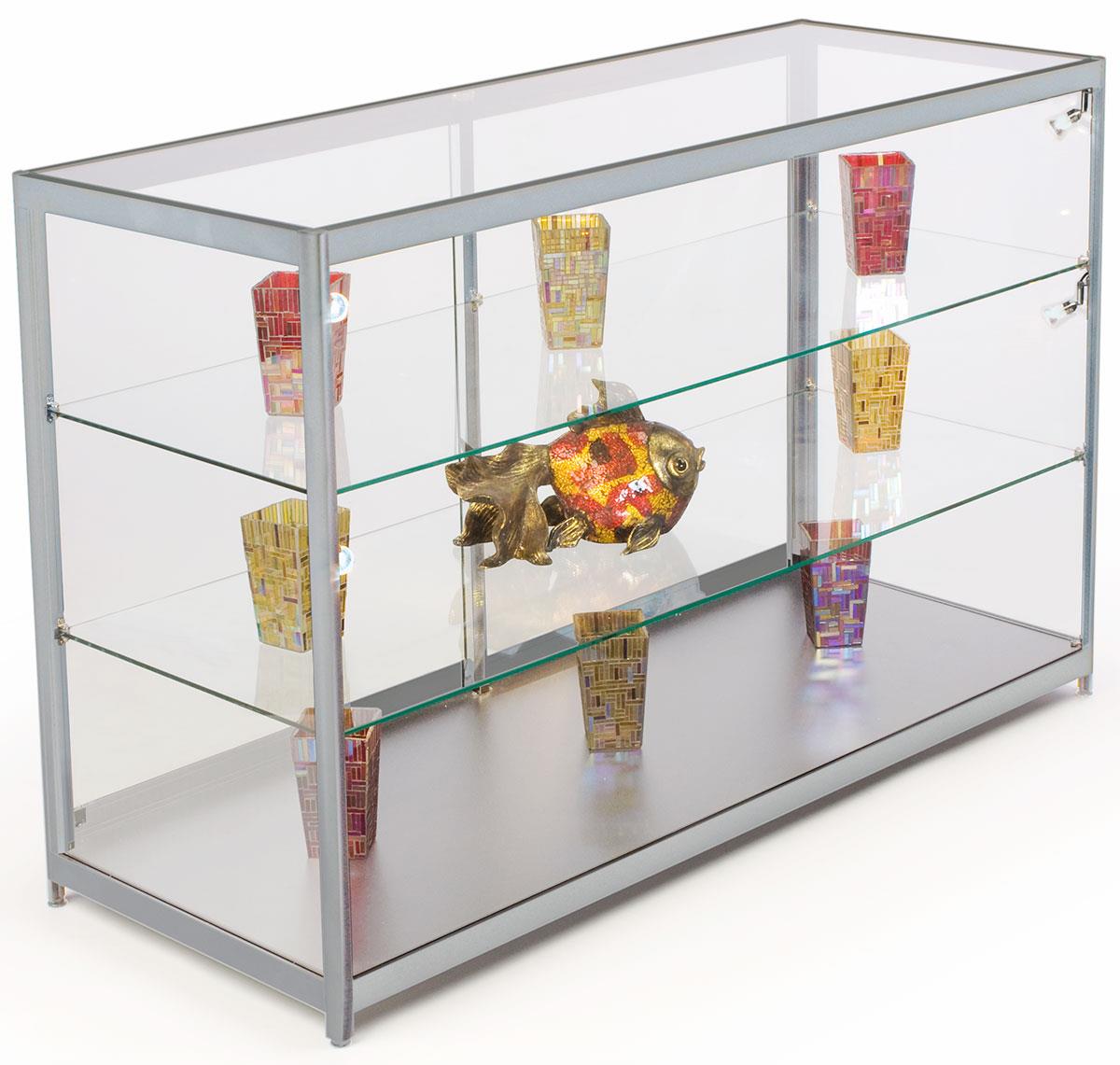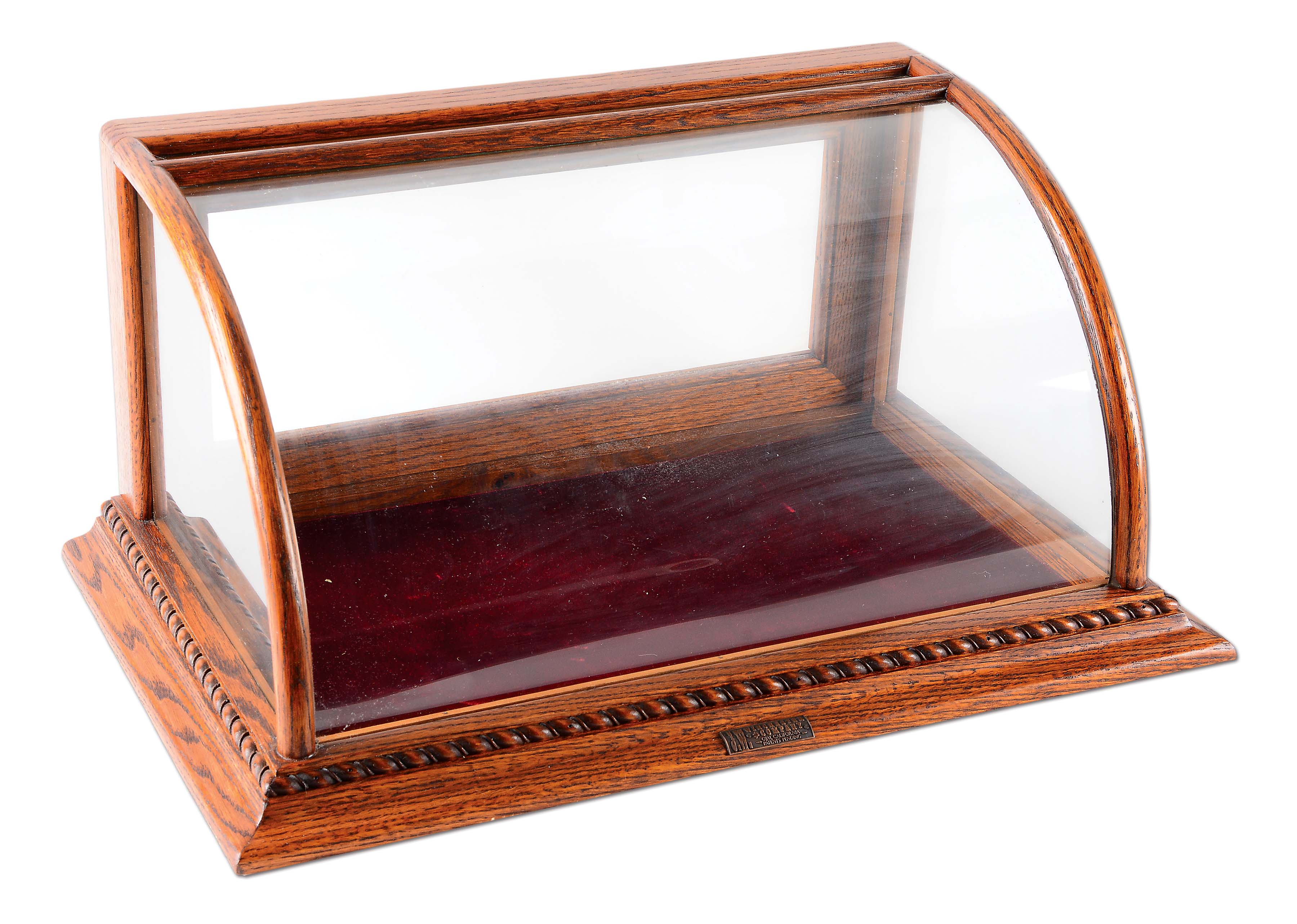Countertop glass display cases are a versatile and effective way to showcase products and enhance the overall aesthetic of any retail or commercial space. Whether you’re looking to display valuable collectibles, delicate jewelry, or everyday merchandise, a well-chosen countertop display case can make all the difference.
In this comprehensive guide, we’ll delve into the various aspects of countertop glass display cases, exploring the materials used, design considerations, lighting options, and effective display techniques. By the end, you’ll have a solid understanding of how to choose and utilize countertop glass display cases to maximize their impact and captivate your audience.
Countertop Display Case Materials

The choice of materials used in constructing countertop display cases significantly impacts their overall aesthetic appeal and functionality. Each material offers unique advantages and drawbacks, and selecting the right one depends on the specific requirements of the display.
Glass
- Transparency:Glass provides unparalleled transparency, allowing clear visibility of the displayed items.
- Durability:Tempered glass is highly durable and resistant to scratches and breakage.
- Versatility:Glass can be customized in various shapes, sizes, and thicknesses to suit different display needs.
Acrylic
- Lightweight:Acrylic is significantly lighter than glass, making it easier to handle and transport.
- Shatter Resistance:Acrylic is shatter-resistant, reducing the risk of injury or damage to displayed items.
- UV Protection:Acrylic offers excellent UV protection, preventing fading and discoloration of displayed items.
Metal
- Strength and Durability:Metal frames provide exceptional strength and durability, ensuring the display case can withstand heavy items.
- Aesthetic Appeal:Metal frames can enhance the overall aesthetic appeal of the display, adding a touch of sophistication and elegance.
- Corrosion Resistance:Stainless steel and aluminum frames are corrosion-resistant, making them suitable for use in various environments.
Wood
- Natural Beauty:Wood provides a warm and natural aesthetic, complementing various display items.
- Durability:Hardwoods like oak and mahogany offer excellent durability and resistance to wear and tear.
- Customizable:Wood can be stained, painted, or carved to match the specific decor of the display area.
Design Considerations for Countertop Display Cases

The design of countertop display cases plays a crucial role in enhancing the visibility and accessibility of displayed items. Factors such as size, shape, and height must be carefully considered to optimize the display’s effectiveness.
Size
The size of the display case directly influences the number of items that can be showcased and the overall visual impact. Larger cases offer more space for product display, while smaller cases may be better suited for smaller items or limited counter space.
Shape
The shape of the display case can create unique and eye-catching designs. Curved cases can provide a more dynamic and inviting display, while square or rectangular cases offer a classic and functional approach. Creative shapes, such as hexagonal or trapezoidal cases, can add an element of intrigue and differentiate the display from traditional designs.
Height
The height of the display case affects both visibility and accessibility. Taller cases provide greater visibility from a distance, making them ideal for displaying high-value or attention-grabbing items. Shorter cases offer easier access to displayed items, making them suitable for products that require frequent handling or customer interaction.
Lighting Options for Countertop Display Cases
Proper lighting is crucial for effectively showcasing products in countertop display cases. The type of lighting used can significantly impact the appearance of the displayed items and the overall ambiance of the display.
Natural Light
Natural light is an excellent option for countertop display cases as it provides a bright and even illumination that enhances the colors and textures of the products. However, natural light can be inconsistent and may be affected by factors such as time of day, weather conditions, and the orientation of the display case.
LED Lighting, Countertop glass display case
LED (light-emitting diode) lighting is a popular choice for countertop display cases due to its energy efficiency, long lifespan, and versatility. LED lights can be customized to emit various color temperatures, allowing businesses to create different atmospheres within the display case.
They also produce minimal heat, making them suitable for delicate or temperature-sensitive products.
Halogen Lighting
Halogen lighting provides a bright, focused beam of light that can effectively highlight specific products within the display case. However, halogen lights consume more energy than LED lights and produce more heat, which may not be ideal for certain types of products or environments.
Display Techniques for Countertop Display Cases: Countertop Glass Display Case
Effective display techniques are crucial for showcasing items in countertop display cases and capturing customer attention. These techniques involve the strategic use of risers, platforms, and other props to create visual interest and highlight specific products.
Utilizing Risers and Platforms
Risers and platforms elevate products to different heights, creating a dynamic display that draws the eye. By placing taller items on higher platforms and smaller items on lower risers, you can create a sense of depth and hierarchy, guiding customers’视线 to the most important products.
Incorporating Props and Accessories
Props and accessories, such as mirrors, fabric, and greenery, can enhance the overall presentation and complement the displayed items. Mirrors can create the illusion of space and reflect light, making the display more visually appealing. Fabric can add texture and color, while greenery can bring a touch of nature and freshness to the showcase.
Creating Creative Arrangements
Experiment with creative display arrangements to break away from traditional layouts. Asymmetry and unexpected angles can create a more dynamic and engaging display. Consider grouping similar items together by color or theme, or using contrasting elements to create a striking visual impact.
Final Conclusion
In conclusion, countertop glass display cases offer a myriad of possibilities for showcasing products and enhancing the customer experience. By carefully considering the materials, design, lighting, and display techniques, you can create visually appealing and functional displays that will attract attention, increase sales, and leave a lasting impression on your customers.
